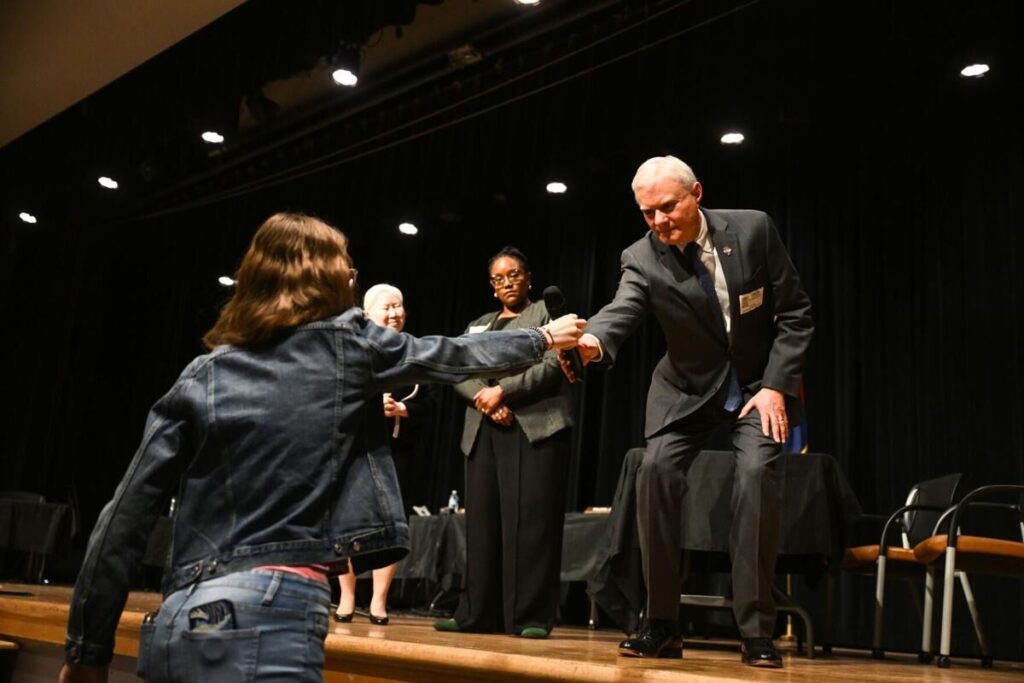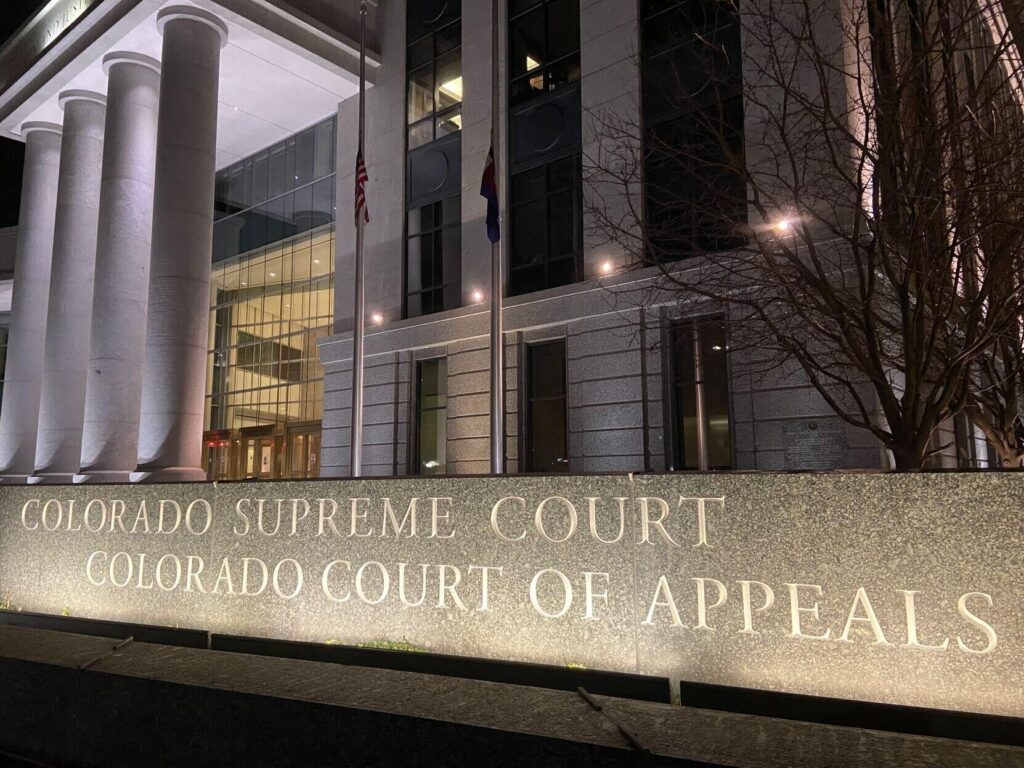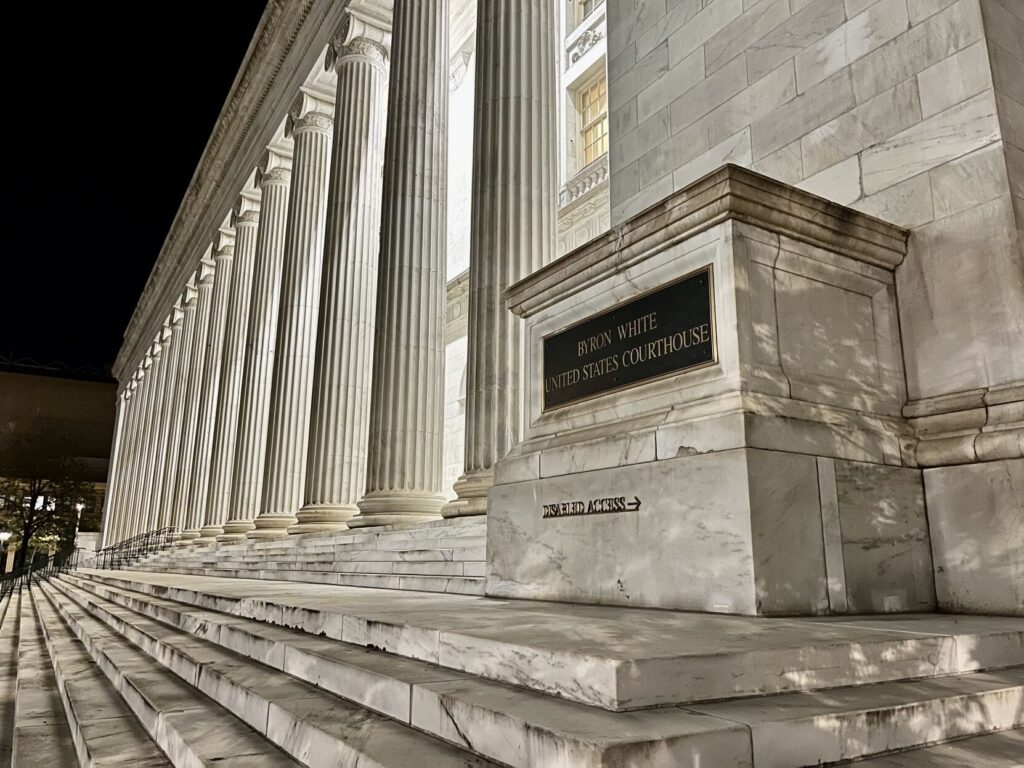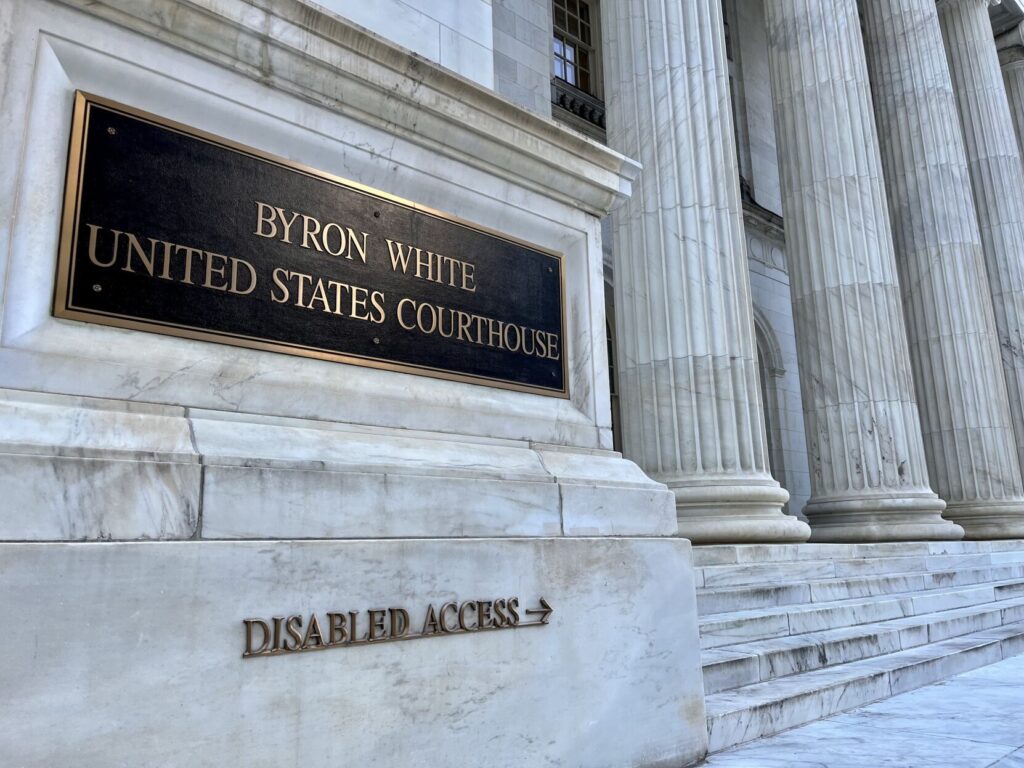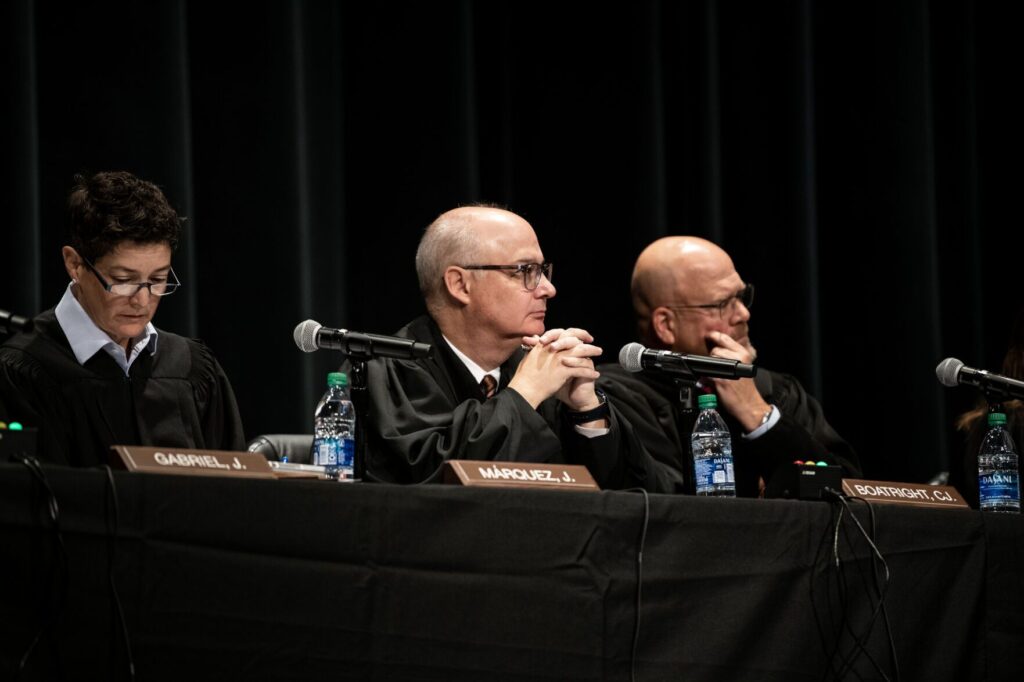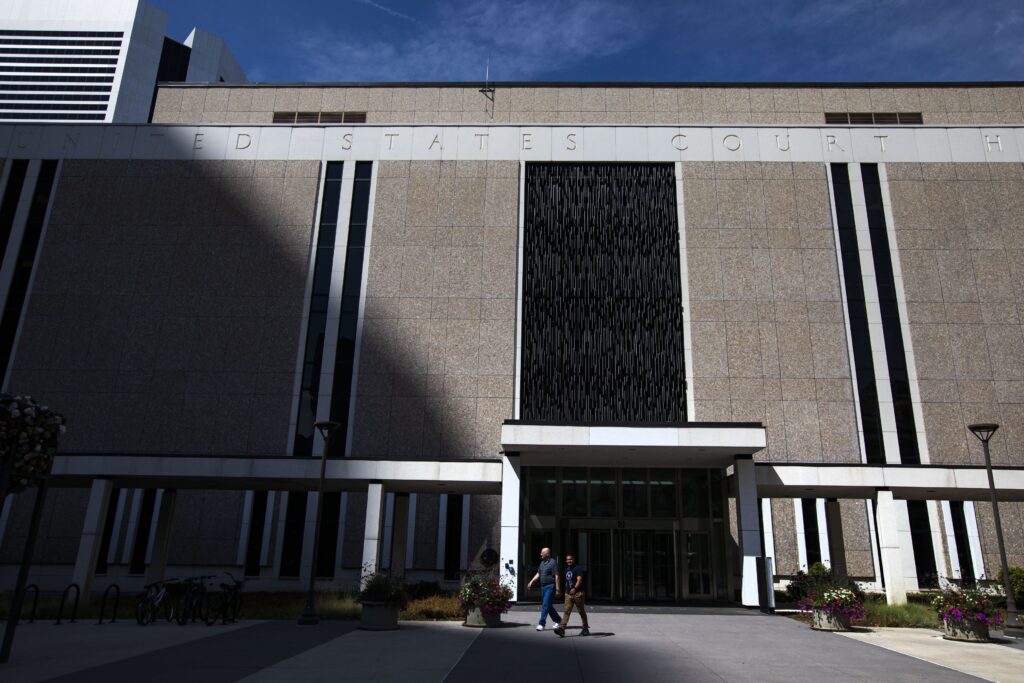10th Circuit agrees Colorado Judicial Department did not engage in discriminatory hiring
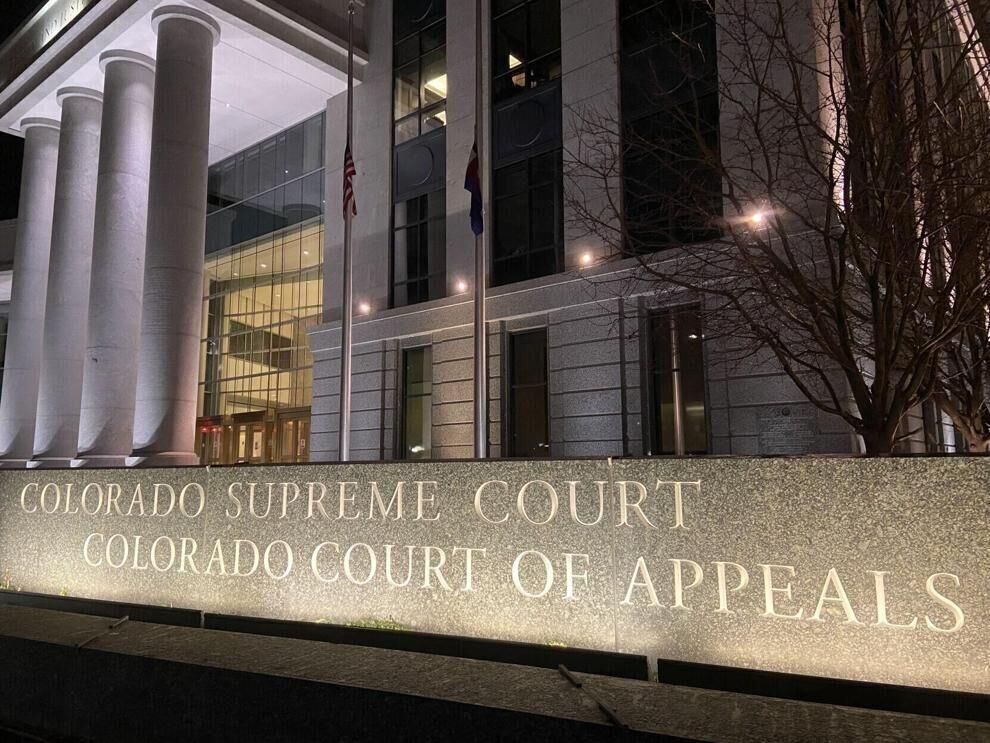
The federal appeals court based in Denver agreed on Tuesday that an unsuccessful applicant for a job with the Colorado Supreme Court failed to show her age and race were factors in the hiring decision.
Michele Brown filed suit against the Colorado Judicial Department, alleging violations of federal and state civil rights law in the department’s hiring of a new staff attorney in May 2018. Brown pointed to irregularities in the process, the comments of two Supreme Court justices who sat on the panel and her own allegedly superior qualifications as evidence of discrimination.
A three-judge panel of the U.S. Court of Appeals for the 10th Circuit concluded the Judicial Department provided non-discriminatory explanations for its decision-making, and it was not the case that Brown was clearly more qualified than the person who ultimately took the job.
“The job required legal research,” wrote Judge Robert E. Bacharach in a July 25 order. “Ms. Brown’s experience was arguably greater in editing and drafting, but didn’t include high-level legal research.”
The panel also upheld a trial judge’s dismissal of the claims made by Brown’s husband, who was interviewed as part of the Judicial Department’s investigation into the alleged hiring discrimination.
Case: Brown v. Colorado Judicial Department
Decided: July 25, 2023
Jurisdiction: U.S. District Court for Colorado
Ruling: 3-0
Judges: Robert E. Bacharach (author)
Nancy L. Moritz
Veronica S. Rossman
Background: Federal judge finds no hiring discrimination in lawsuit against state Judicial Department
In early 2018, one of the Supreme Court’s four staff attorneys left for another job. A committee formed to hire a replacement, which included the court’s clerk, the remaining three staff attorneys and Justices Richard L. Gabriel and Melissa Hart. Sixty-four people applied and 10 people received interviews, including Brown.
The job ultimately went to Kathryn Michaels, a White woman in her 30s who worked in the law library. Brown was a Black woman in her 60s who had worked for the General Assembly’s Office of Legislative Legal Services for decades.
Brown claimed she was the more qualified applicant and several irregularities in the process cast doubt on the committee’s choice:
? One of the hiring committee members provided coaching and encouragement to Michaels ahead of the interview
? Most of those who received interviews were recent law school graduates and were presumably younger
? The department eventually modified the requirements of the job to accommodate Michaels
? The committee members destroyed their notes after the interviews, potentially in violation of the hiring rules
? Hart and Gabriel testified they did not know whether they had to comply with the hiring rules
The Judicial Department responded that there were benign explanations for the perceived defects:
? Multiple candidates contacted members of the hiring committee, including older applicants and applicants of color
? The hiring committee did not view the minimum job requirements as set in stone
? Certain personnel rules of the department did not apply to the Supreme Court
? All committee members agreed Michaels was more qualified
Last year, U.S. Magistrate Judge Michael E. Hegarty sided with the Judicial Department. He noted that the job of the courts is not to ensure an employer abides by its personnel policies, but rather to enforce antidiscrimination laws. It was “not a close question,” he concluded, that the Judicial Department offered rational explanations for the hiring committee’s actions.
“Ms. Brown can, in some respects, offer different explanations or interpretations of the events leading to her nonselection, and that this hiring process, like many others, had blemishes and imperfection,” Hegarty wrote. “But were any of those, alone or in tandem, indicative of discrimination? I find the answer is definitively no.”
Brown appealed to the 10th Circuit, arguing Hegarty was biased in favor of the “very important people” on the Supreme Court.
“Is it astonishing that the highest court in Colorado knows about the existence of hiring rules, but wasn’t sure whether it was required to follow them, so it didn’t?” wrote Brown, who represented herself. “At a minimum, this admission shows the Supreme Court believes it is above the rules.”
The Judicial Department countered that Brown had repeatedly misunderstood the duties of the staff attorney position, and her work for the legislature did not, in fact, render her more qualified than Michaels.
The 10th Circuit agreed. Bacharach noted the evidence pointed to Michaels having direct experience with the work the staff attorney would need to perform. Even if the committee did deviate from the personnel rules by, for example, destroying interview notes, that “wouldn’t undermine the panel’s explanation for its selection of Ms. Michaels,” wrote Bacharach.
The 10th Circuit also upheld Hegarty’s dismissal of claims by Brown’s husband, Andrew J. Maikovich. An employee with the State Court Administrator’s Office, Makiovich believed the department retaliated against him by forcing him to sit for an interview in its internal investigation of the alleged hiring discrimination. Maikovich also cited deviations from the department’s protocols.
The 10th Circuit noted the department had the right to undertake an investigation and nothing detrimental happened to Maikovich as a result of the interview.
“Though Mr. Maikovich might not have wanted an internal investigation,” Bacharach acknowledged, “he doesn’t allege harassment or a change in his employment benefits or responsibilities.”
Maikovich told Colorado Politics the court’s decision was “intellectually dishonest,” and that it would “embarrass the heck” out of Colorado’s judicial branch to have a jury trial on the couple’s claims.
The case is Brown et al. v. Colorado Judicial Department.



